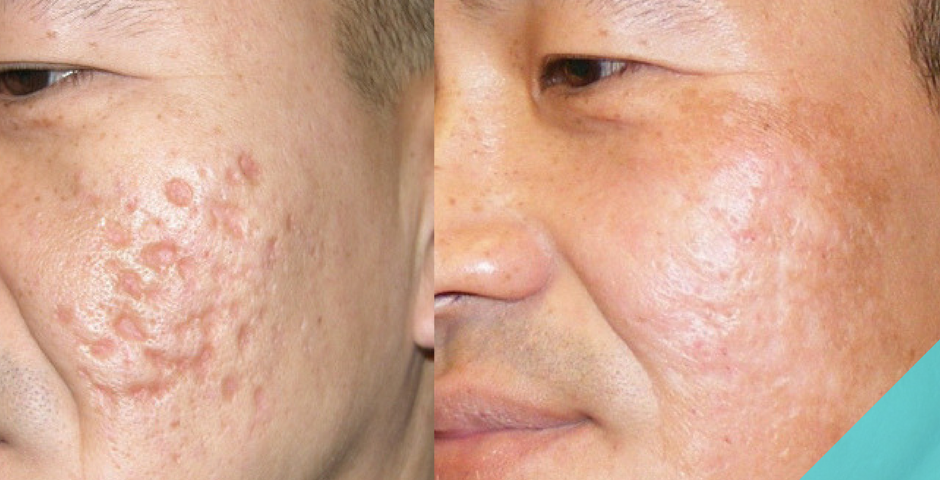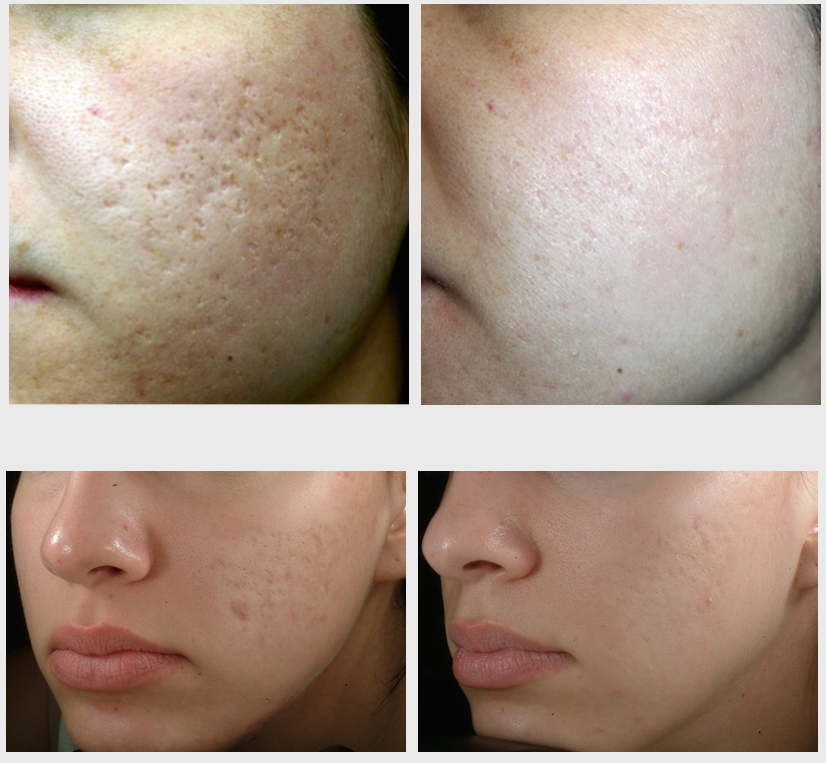Reliable Solutions for Acne Scars: Just How to Attain Clearer Skin
Reliable Solutions for Acne Scars: Just How to Attain Clearer Skin
Blog Article
A Comprehensive Guide to Handling Skin Conditions: Concentrating on the Treatment of Acne Scars
Acne scars represent a significant issue for several individuals, commonly influencing self-worth and total skin health. Recognizing the numerous types of acne scars, such as atrophic and hypertrophic, is vital for efficient administration and treatment.
Understanding Acne Scars
Recognizing acne marks includes acknowledging the complicated interplay between skin recovery and the inflammatory procedures that take place throughout acne break outs. Acne develops when hair roots come to be blocked with oil, dead skin cells, and germs, resulting in inflammation. acne scars treatment. This inflammatory action is important for combating infection but can additionally lead to damage to the skin's tissue
When the body tries to heal itself, it produces collagen, a healthy protein necessary for skin structure. However, the amount and high quality of this collagen can vary, bring about different types of marks. Aspects affecting scar development include the extent of the acne, private skin kind, genes, and the body's healing feedback.
Furthermore, early treatment in acne therapy can play an essential role in protecting against scarring. Timely management of outbreaks minimizes inflammation and cells damage, which are important variables in scar advancement. Education and learning on proper skincare and treatment choices is important for individuals susceptible to scarring. Inevitably, recognizing the underlying systems of acne and its recovery procedure is crucial for reliable monitoring and prevention of acne marks.
Types of Acne Marks
The intricacy of acne marks can be categorized right into several unique kinds, each showing the underlying skin damage and recovery action. The most common types include atrophic marks, hypertrophic scars, and keloids.
Atrophic scars are identified by anxieties in the skin and are frequently the outcome of inadequate collagen manufacturing throughout the healing process. These marks can additionally be classified right into icepick, boxcar, and rolling scars, each differing in shape and depth. Icepick scars are deep and narrow, appearing like tiny slits, while boxcar scars have a wider, much more angular appearance. Moving scars create a wave-like texture on the skin's surface area.
Hypertrophic scars, on the other hand, are increased and arise from an overproduction of collagen during healing. These marks may vary in size and can occasionally discolor with time however may remain noticeable.
Keloids are an extra serious type of hypertrophic scarring, expanding past the initial injury site and often calling for extra aggressive treatment alternatives. Comprehending these types is essential for establishing one of the most effective therapy technique tailored to an individual's details scar kind and skin problem.
Topical Treatments
Topical therapies play an important role in managing acne marks, offering individuals a series of alternatives targeted at boosting skin structure and look. These therapies mainly concentrate on promoting skin regrowth, decreasing coloring, and enhancing total skin tone.
Among the most extensively used topical representatives is retinoids, which are derivatives of vitamin A. Retinoids promote collagen manufacturing and accelerate cell turn over, helping to reduce the appearance of marks over time. Furthermore, alpha hydroxy acids (AHAs) and beta hydroxy acids (BHAs) can exfoliate the skin, eliminating dead skin cells and advertising a smoother surface.
An additional effective classification consists of topical antioxidants, such as vitamin C, which can assist to lighten hyperpigmentation linked with acne scars while giving anti-inflammatory benefits. Moreover, silicone gels and sheets have actually been shown to moisturize and squash marks, making them much less visible.

Specialist Therapy Choices
When it concerns addressing extra extreme acne scars, patients often turn to specialist treatment choices that can provide more dramatic outcomes than topical treatments alone. These treatments are commonly provided by dermatologists or certified professionals and include numerous methods tailored to private skin types and mark seriousness.
Among the most usual treatments is chemical peels, which make use of acids to scrub the skin and promote regeneration. This approach can dramatically decrease the look of shallow marks. Microneedling, an additional efficient option, includes developing micro-injuries in the skin to promote collagen manufacturing, improving appearance and reducing marks.
Laser therapy is likewise extensively utilized, with fractional lasers especially targeting scarred regions while maintaining surrounding skin. This technique can generate remarkable enhancements in skin look over several sessions - acne scars. Furthermore, facial fillers are made use of to restore volume and ravel uneven skin surfaces, supplying prompt, albeit temporary, results
Way Of Life and Home Solutions
Incorporating way of life adjustments and natural remedy can play a significant function in handling acne marks, enhancing professional treatments. Maintaining a balanced diet plan abundant in vitamins, minerals, and anti-oxidants can promote skin healing. Foods high in vitamin C, such as citrus fruits, and those including zinc, like nuts and seeds, advertise skin regrowth and aid reduce inflammation.
Hydration is also important; alcohol consumption adequate water keeps the skin hydrated, helping in its all-natural repair processes. Regular exercise improves blood flow, which can boost nutrient distribution to the skin and boost total skin tone.
In enhancement to dietary changes, incorporating topical natural remedy can be advantageous. Natural ingredients such as aloe tea, vera, and honey tree oil have anti-inflammatory and anti-bacterial residential properties, which might help in reducing the look of marks. Exfoliating the skin with gentle scrubs can also advertise cell turn over, helping in the fading of marks with time.
Additionally, establishing a regular skin care routine that includes sunlight defense is essential, as UV exposure can darken marks. By incorporating these way of life adjustments and home remedies, people can enhance their skin's recovery process and achieve a much more even complexion.
Final Thought

Comprehending acne scars entails recognizing the complicated interaction between skin healing and the inflammatory procedures that take place during acne break outs. Variables influencing scar development consist of the seriousness of the acne, private skin kind, genetics, and the body's healing action.
These marks can even more be categorized right into icepick, boxcar, and rolling marks, each varying in shape and depth. Icepick marks are deep and narrow, looking like little slits, while boxcar marks have a wider, much more angular look.Reliable management of acne scars requires a detailed understanding of their kinds and the hidden devices involved in scar formation.
Report this page